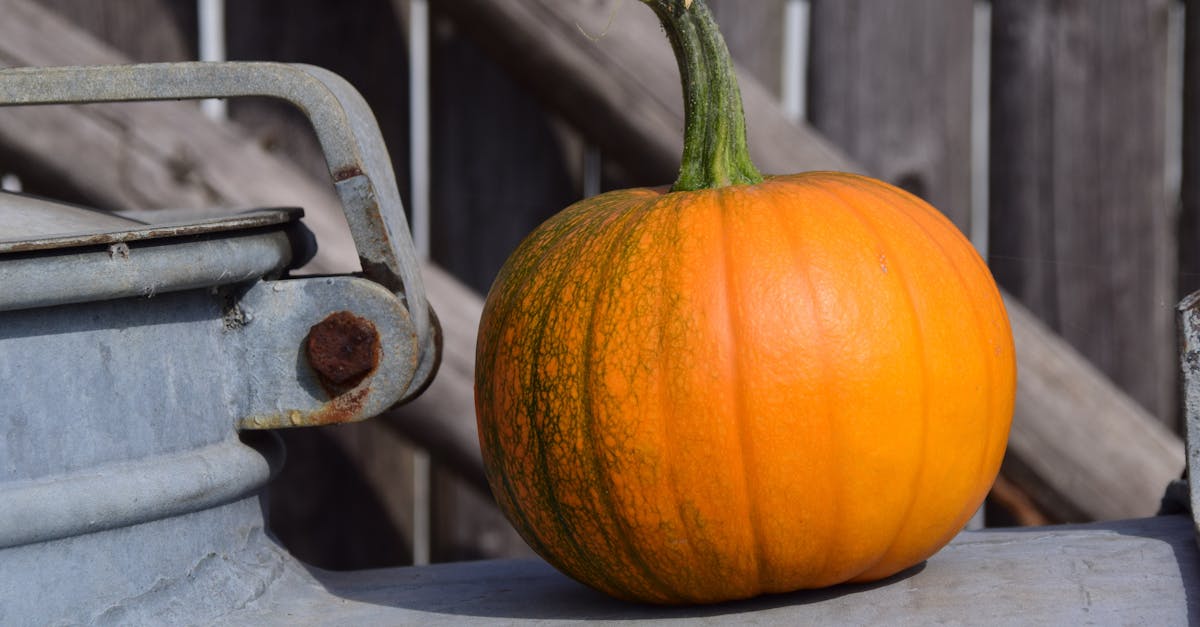Key Takeaways
- Low maintenance: Water plants require minimal upkeep, making them ideal for busy individuals.
- Improved air quality: Water-based plants help purify the air by absorbing toxins and releasing oxygen.
- Space-saving: Growing plants in water eliminates the need for soil, making them suitable for smaller living spaces like apartments.
- Popular plants for water growth: Pothos, Philodendron, Lucky Bamboo, and Spider Plant are great choices for water-based plant growing.
- Propagating plants in water: Start with healthy cuttings, change water weekly, and ensure leaves are above water level for successful growth.
- Best practices for water plant care: Use clean water, keep leaves above water, provide indirect sunlight, and trim roots occasionally for optimal plant health.

Benefits of Growing Plants in Water
When it comes to growing plants in water, there are numerous benefits that we can enjoy.
Here are some of the key advantages:
- Low maintenance: Water plants require minimal upkeep, making them ideal for busy individuals.
- Improved air quality: Water-based plants help purify the air by absorbing toxins and releasing oxygen.
- Enhanced aesthetic: Adding water plants to your space can enhance its visual appeal, creating a serene and natural ambiance.
- Space-saving: Growing plants in water eliminates the need for soil, making them suitable for smaller living spaces like apartments.
Embracing the practice of growing plants in water can be a rewarding experience with benefits that extend beyond aesthetics. If you’re looking to introduce some greenery into your indoor environment, water plants are an excellent choice.
Types of Plants Suitable for Water Growth
When it comes to plants that thrive in water, there are several options that are easy to maintain and perfect for indoor environments. Here are some popular choices:
- Pothos: Also known as devil’s ivy, it’s a hardy vine that does exceptionally well in water. Its glossy leaves add a touch of green to any room.
- Philodendron: Another vine plant that can grow in water, philodendrons are low-maintenance and great for beginners.
- Lucky Bamboo: Even though its name, it’s not a bamboo at all. This plant symbolizes good luck and is super easy to grow in water.
- Spider Plant: Known for its air-purifying qualities, the spider plant can grow well in water, producing baby spider plants known as “spiderettes.”
If you want to investigate more plant options that can thrive in water, check out this resource on Water Plants to Grow Indoors.

How to Propagate Plants in Water
When it comes to propagating plants in water, it’s a simple and rewarding process. Here’s how we can do it:
- Start with a healthy cutting from a mature plant.
- Remove lower leaves to prevent rotting in water.
- Place the cutting in a container filled with clean water.
- Ensure the leaves are above water level to prevent decay.
- Change the water weekly to keep it fresh.
Through this method, we can watch our plants grow roots and thrive in water effortlessly. For more detailed instructions, refer to our resource on plant propagation in water.
Best Practices for Growing Plants in Water
When growing plants in water, it’s important to use clean water to prevent issues. Changing the water weekly helps keep it fresh for plant growth. Make sure leaves aren’t submerged to avoid decay. Keep your plants in indirect sunlight to foster healthy growth.
Trimming roots occasionally can prevent overcrowding in the container. To maintain plant health, consider adding a small amount of liquid fertilizer occasionally. Regular monitoring of your plants’ growth and water level is key. For detailed guidance on plant propagation, you can visit this resource.
After all, experimenting with different plant species can be fun and rewarding. With these simple practices, you can enjoy a thriving indoor water garden effortlessly.

Maintenance Tips for Water-Grown Plants
Taking care of our water-grown plants is straightforward but important. Here are a few tips to keep them healthy:
- Use clean water to prevent bacteria growth.
- Trim roots occasionally to maintain plant health.
- Keep leaves above water to avoid rot.
- Provide indirect sunlight for optimal growth.
- Change water weekly for fresh nutrients.
After all, regular monitoring of plant growth and water levels is critical. For more detailed care tips, check out this guide on plant maintenance. Another great resource is this article on water gardening.
